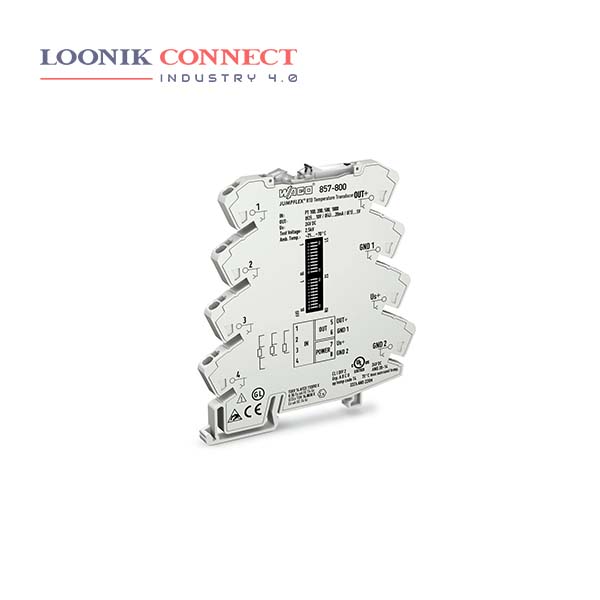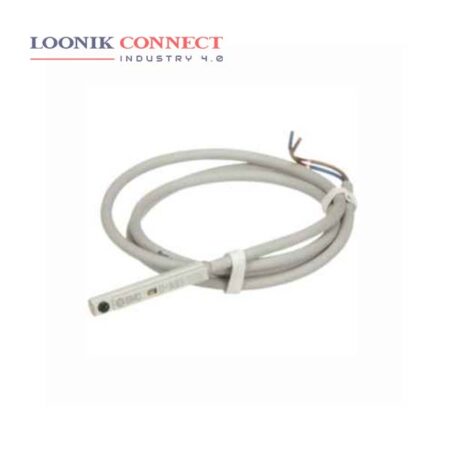Temperature signal conditioners receive AC and DC voltages and signal inputs from resistance temperature detectors (RTDs), thermocouples, thermistors, and other sensors. They provide voltage, frequency, and current outputs to devices such as timers, counters, relays, and potentiometers.
The purpose of this circuit is to measure temperature in range from 0 to 70°C, and the input will be VDC difference between Node A and Node B. Resistor value of RTD varies from 100Ω to 127Ω which represents 0 to 70°C temperature range.
In terms of how it works, the RTD follows a basic principle. When the temperature of a metal increases, the resistance to the flow of electricity increases as well. An electrical current is passed through the sensor, the resistance element is used to measure the resistance of the current being passed through it.










